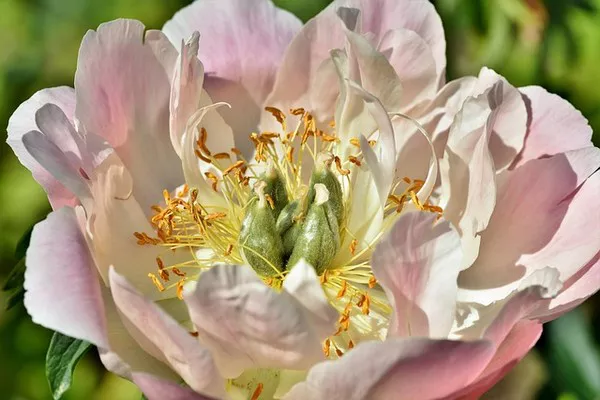Flowers have captivated human beings for centuries with their vibrant colors, intricate patterns, and delicate fragrances. While fresh flowers bring joy and beauty to any occasion, preserving them through the art of dry pressing allows us to extend their lifespan and capture their ephemeral charm. Dry pressing flowers is a timeless technique that not only preserves their aesthetic appeal but also provides an opportunity to create stunning botanical artworks. In this comprehensive guide, we will explore the step-by-step process of dry pressing flowers to help you achieve optimal results.
Materials Needed:
Before diving into the dry pressing process, it’s crucial to gather the necessary materials. Having the right tools ensures a successful and enjoyable experience. Here’s a list of items you’ll need:
- Fresh flowers: Choose flowers with thin petals and minimal moisture content for better results.
- Absorbent paper: Use uncoated and non-textured paper, such as blotting paper or parchment paper.
- Heavy books or a flower press: These will provide the necessary pressure to flatten and dry the flowers.
- Cardboard: To create a protective layer between the flowers and the pages of the book or press.
- Scissors or pruning shears: To trim excess stems and leaves from the flowers.
- Tweezers or fine-pointed forceps: Useful for handling delicate flowers during the pressing process.
Step-by-Step Guide:
Selecting Flowers: Choose flowers that are in full bloom but not overly mature. Opt for varieties with thin petals, as they press more easily. Flowers with minimal moisture content, such as daisies, pansies, or larkspur, tend to yield better results.
Harvesting: Harvest flowers early in the morning when their moisture content is lower. Use sharp scissors or pruning shears to cut the flowers, leaving a reasonable length of stem for handling. Avoid harvesting flowers after rainfall, as excess moisture can hinder the drying process.
Preparing Flowers: Remove excess stems and leaves, as they can contribute to excess moisture during pressing. Carefully handle the flowers to avoid damaging delicate petals. For intricate blooms, like roses, consider pressing individual petals for a more detailed result.
Setting Up the Press: Place a layer of absorbent paper on the bottom of the flower press or between the pages of a heavy book. Ensure the paper is uncoated and non-textured to facilitate proper drying. Add a piece of cardboard on top of the absorbent paper to create a protective layer.
Arranging Flowers: Arrange the prepared flowers on the absorbent paper, ensuring they do not overlap. Maintain some distance between each flower to prevent them from sticking together during the pressing process. Experiment with different arrangements to create visually appealing compositions.
Pressing: Once the flowers are arranged, carefully close the flower press or book. Apply even pressure by stacking additional heavy books on top of the press. Leave the flowers undisturbed for 2-3 weeks to allow for thorough drying.
Checking Progress: After the initial 2-3 weeks, open the press or book and gently check the flowers’ dryness. If they still feel moist, replace the absorbent paper and cardboard and continue pressing for an additional week. Patience is key to achieving optimal results.
Finalizing the Pressed Flowers: Once the flowers are completely dry, carefully remove them from the press. Handle them with tweezers or fine-pointed forceps to avoid damage. Trim any remaining stems or unwanted parts with scissors.
Sealing and Displaying: To preserve the pressed flowers for the long term, consider sealing them with a light coat of clear spray varnish or a thin layer of wax paper. Frame your pressed flowers for a beautiful and timeless display, or use them in various craft projects such as greeting cards, bookmarks, or botanical art.
Conclusion:
Dry pressing flowers is an age-old technique that allows us to capture the beauty of blooms and create lasting memories. By following this comprehensive guide, you can embark on a rewarding journey of preserving nature’s wonders. Experiment with different flower varieties, arrangements, and display options to unleash your creativity and bring the timeless allure of pressed flowers into your life.


